-
When you click on links to various merchants on this site and make a purchase, this can result in this site earning a commission. Affiliate programs and affiliations include, but are not limited to, the eBay Partner Network.
-
Posts
2,764 -
Joined
-
Last visited
Content Type
Profiles
Forums
NGC Journals
Gallery
Events
Store
Downloads
Posts posted by Hard Times
-
-
One of the tougher coins to find in this series (I think). I liked it so what the hec...

jom
That is a stunner jom, send it to me for imaging!

Best, HT
-
Another pickup from Gary Groll at FUN and back from the grading room:

-
And now for something completely different yet full blooded copper:
Excerpts From Wikipedia:
Lord George Gordon (26 December 1751 – 12 November 1793) was a British politician best known for lending his name to the Gordon Riots of 1780.
A colourful personality, he was born into the Scottish nobility and became a member of parliament for Ludgershall. His life ended after a number of controversies, notably one surrounding his conversion to Judaism for which he was ostracised. He died in Newgate prison.
In 1779 he organised, and made himself head of, the Protestant Association, formed to secure the repeal of the Catholic Relief Act of 1778.
On 2 June 1780 he headed a crowd of around 50,000 people that marched in procession from St George's Fields to the Houses of Parliament in order to present a huge petition against (partial) Catholic Emancipation. After the mob reached Westminster the "Gordon Riots" began. Initially, the mob dispersed after threatening to force their way into the House of Commons, but reassembled soon afterwards and, over several days, destroyed several Roman Catholic chapels, pillaged the private dwellings of Catholics, set fire to Newgate Prison, broke open all the other prisons, and attacked the Bank of England and several other public buildings. The army was finally brought in to quell the unrest and killed or wounded around 450 people before they finally restored order.
For his role in instigating the riots, Lord George was charged with high treason. He was comfortably imprisoned in the Tower of London and permitted to receive visitors, including the Methodist leader Rev. John Wesley on Tuesday 19 December 1780.
In October 1793, Gordon caught typhoid fever, which had been raging in Newgate prison throughout that year. Christopher Hibbert, another biographer, writes that scores of prisoners waited outside the door to his cell for news about his health; friends, regardless of the risk of infection, stood whispering in the room and praying for his recovery - but George Yisrael bar Avraham Gordon died on 1 November 1793, 26 Mar-Cheshvan 5554, at the age of 42.

-
Nice Half eagle Martin! Nice nickel Elbesaar!
Best, HT
-
Here are two 1811 tokens, siblings of the Conders. Posted 'em on the image thread for US Coins but thought I would get our Conder thread going again with some NEWPs. Bought them from Gary Groll at FUN plastic free.
Best, HT
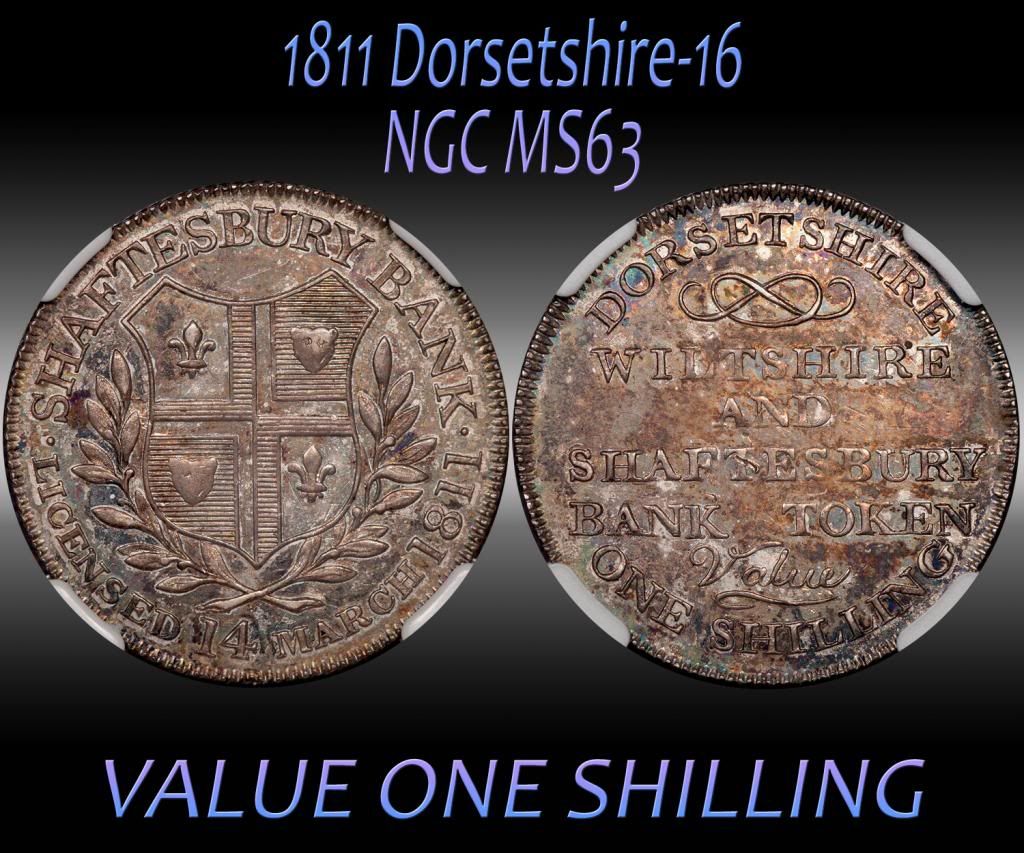

-
Great new Bust material there HT.
I hate you.

jom
Thanks y'all, and jom, I am thinking there are a plenty of bust coins in your collection I would grab in a heartbeat. (thumbs u
Best, HT
-
some newps, two pluses, all NGC holders, only one to CAC so far.
Best, HT

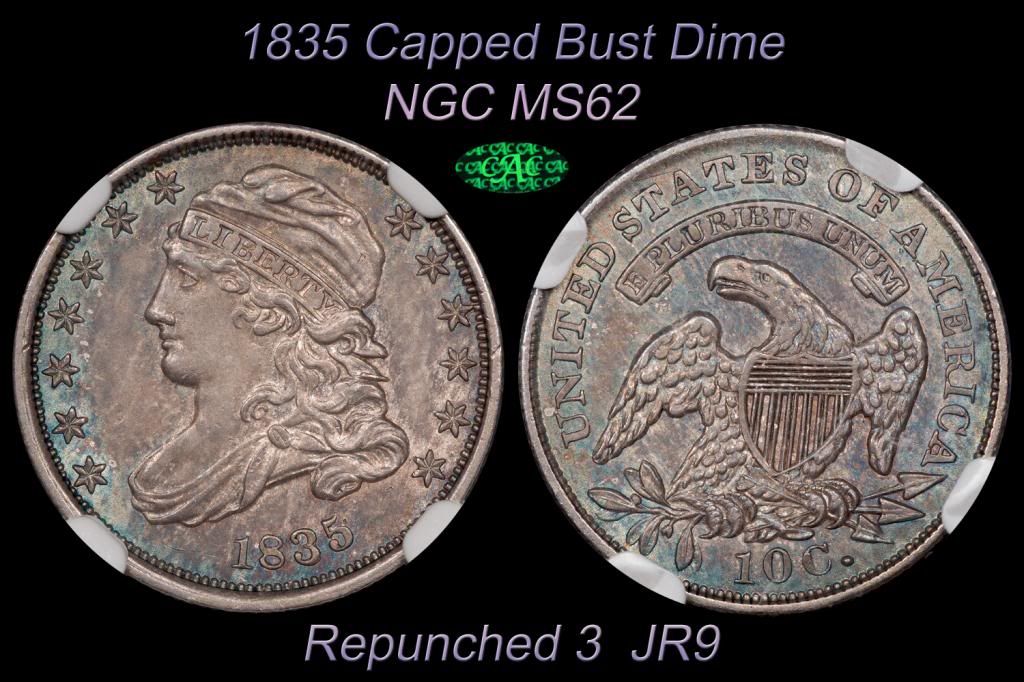
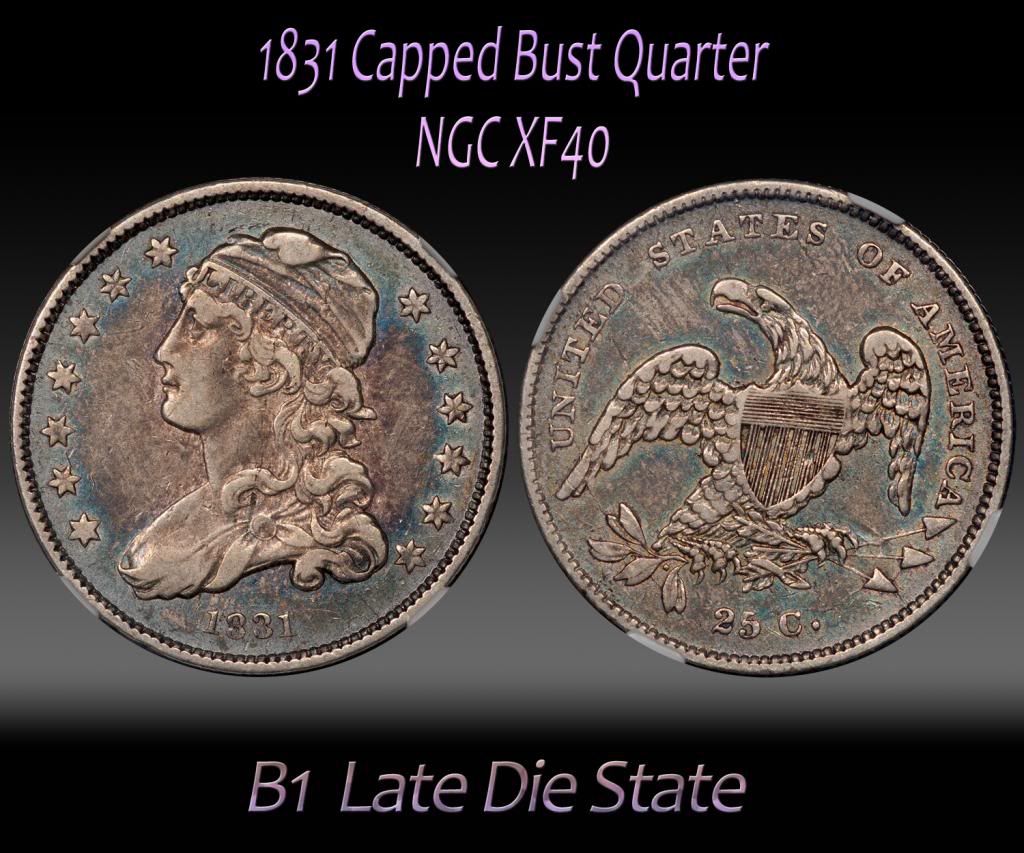
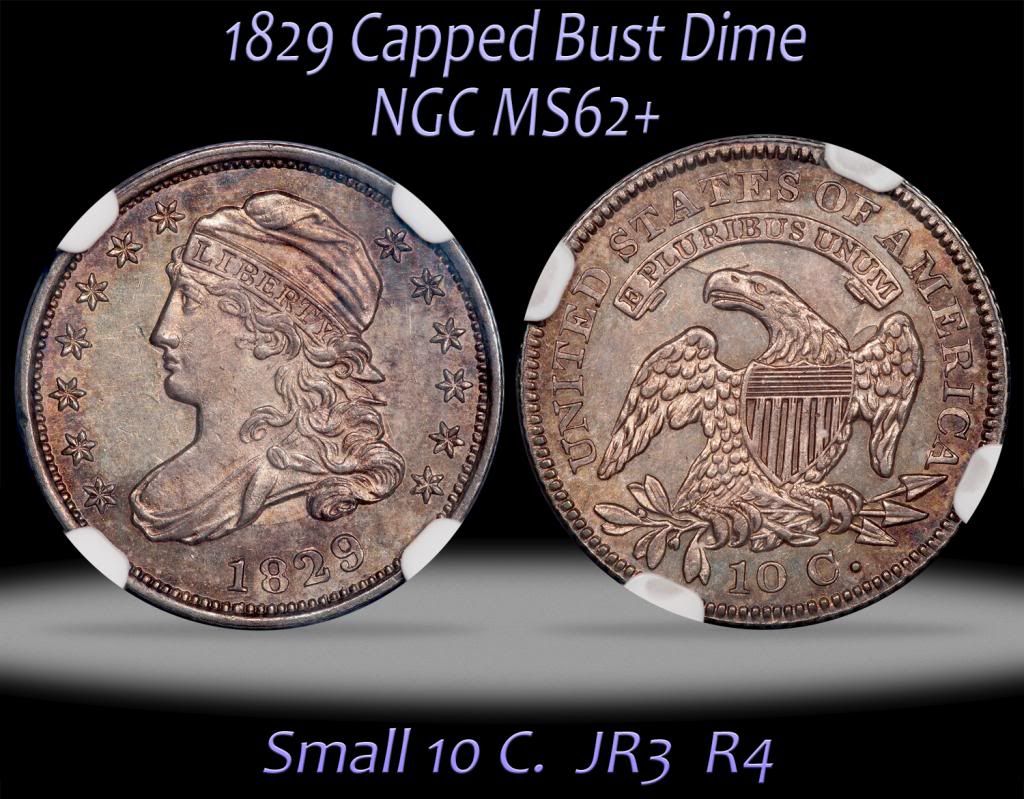
-
Here is a wholesome, none too expensive, mercury dime........
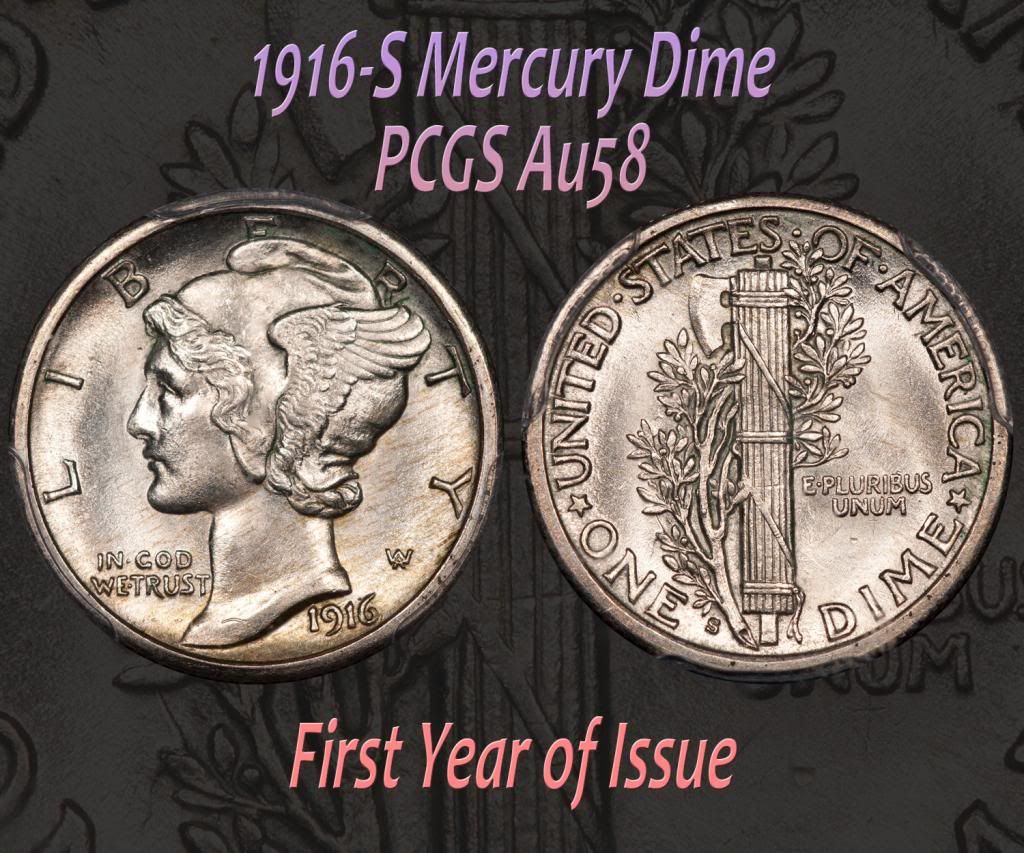
-
I have no idea how to grade this half as it is way out of my typical collecting interests and I bought it because it looked good

Can you folks suggest a grade?
Best, HT
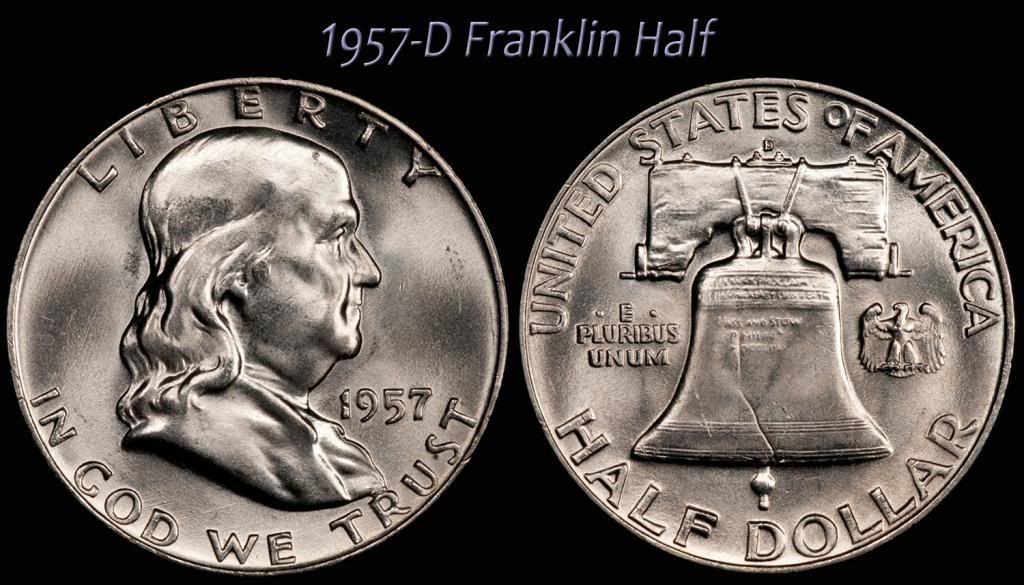
-
Thanks for posting this Yarm, and nice token!
Best, HT
-
Here is a token from the Kempson building series.

-
Love the 1937 and 1930-S Lincoln's, even if I am a BN sort of guy.
Great looking Conder HT. With all the tokens, colonial coinage and the new US Mint it must have been a wild time.
Hi Bob,
And interestingly, some of the tokens minted in England during that time listed in Dalton and Hamer - 'The Provincial Token-Coinage Of The 18th Century' (i.e. Conder Token book) are actually considered to be part of the US Colonial series as well because they were distributed here in the US. For example, the below are some that are part of both series and minted in England. MS examples that are part of the colonial series cost many multiples of Conders that stayed in the UK and were for the British. The Talbot, Allum, and Lee tokens were minted by Kempson in Birmingham but did not make it into the Conder series and there are many others minted in England during the 1790s in the same mints for the two series. The ties between US Colonials and Conders are strong.
Best, HT
Kentucky token (Lancashire 59)
Washington Liverpool Halfpenny (Lancashire 116)
Franklin Press (Middlesex 307)
Washington Left Liberty & Security undated (Middlesex 243 Asylum edge)
Washington Right . Liberty & Security . 1795 (Middlesex 244 Asylum edge)
Washington Grate - Large Buttons (Middlesex 283)
Washington Grate - Small Buttons (Middlesex 284)
Washington President 1791 One Cent (Middlesex 1049)
Washington President One Cent 1791 (Middlesex 1050)
Washington President Ship Halfpenny (Middlesex 1051)
Washington Right Liberty & Security 1795 (Middlesex 1052)
Washington North Wales (Middlesex 1052 Bis)
New York Theatre token (Middlesex 167)
Here is a nice Kempson token produced in the same mint as the Colonial series Talbot, Allum, and Lee cents. There are dozens of Conders in the Kempson building series. You can get these for a few hundred dollars whereas the least rare TAL cents for for thousands in the MS 63 and higher grades. Go figure.

-
This Conder Token below is from 'Da Man Himself. For those of you have had your interest piqued by the Conder Tokens some of us have shown here, I encourage y'all to go to the thread we have in World Coins and enjoy:
http://boards.collectors-society.com/ubbthreads.php?ubb=showflat&Number=4555785&fpart=1
To learn more about what Conder tokens are and the amazing diversity within the series:
https://en.wikipedia.org/wiki/Conder_token
https://en.wikipedia.org/wiki/James_Conder
It was an amazing time in history, the beginning of the Industrial Revolution. Conder tokens, the Soho Mint, and a reluctance by the English Mint to make coppers for the common man led to a vast diversity of tokens so that basic commerce could be sustained. It is all captured in this book:
And, most importantly and off subject, go Keenum!
Best, HT

-
-
Sometimes very worn coins can be spectacular. Here is an example of one IMO. The luster which is hard to capture - where the luster bands rotate under the light along the edges of the obverse and through the whole fields of the reverse. The toning is rich and the images are accurate for the color bands. The wear is consistent with F12 hence the grade.
Best, HT

-
I love the die crack on the obverse of this newp. A common variety but still....
Best, HT

-
This was my first Conder token back in the day:
Best, HT

-
Folks,
I am thinking this is really an IHC and a lincoln penny thread, not really a 'copper' thread. Each time I have posted lovely COPPERS that are not of those two categories, no comments, pos or neg, and it appears then, no interest at all beyond the aforementioned types of coppers. So if this is really a copper thread, it would seem there should be some appreciation or negative comments towards these lovely COPPERS that do not fit into the categories above. Oh well I will just keep posting and maybe some will appreciate them and look at our threads on Conder, HT, and Merchant tokes with interest.....

Here is another, this is straight from the collection of James Watt Jr. His father, THE James Watt, is one of the primary developers of the steam engine which drove forward the industrial revolution in the late 18th and early 19th centuries. Some of the first coppers produced by this lovely device were Conder tokens and British coppers from the Soho Mint. James junior had only choice Conder tokens in his collection that must have been cherry picked in the earliest 19th century, and to have one of that pedigree is truly wonderful. Kind of like a Bass pedigree for gold, but at a very small fraction of the cost because the very rich collectors have largely passed by this complex and varied series of coppers. It is amazing to me that one of the very first uses of the steam engine was to drive coining machines and make coppers for us to enjoy.
http://en.wikipedia.org/wiki/James_Watt_junior
Best, HT

-
Thanks CopperT!
Best, HT
-

OGH............

-
Here is a NEWP, the white spots are on the slab:

-
Another CWT:
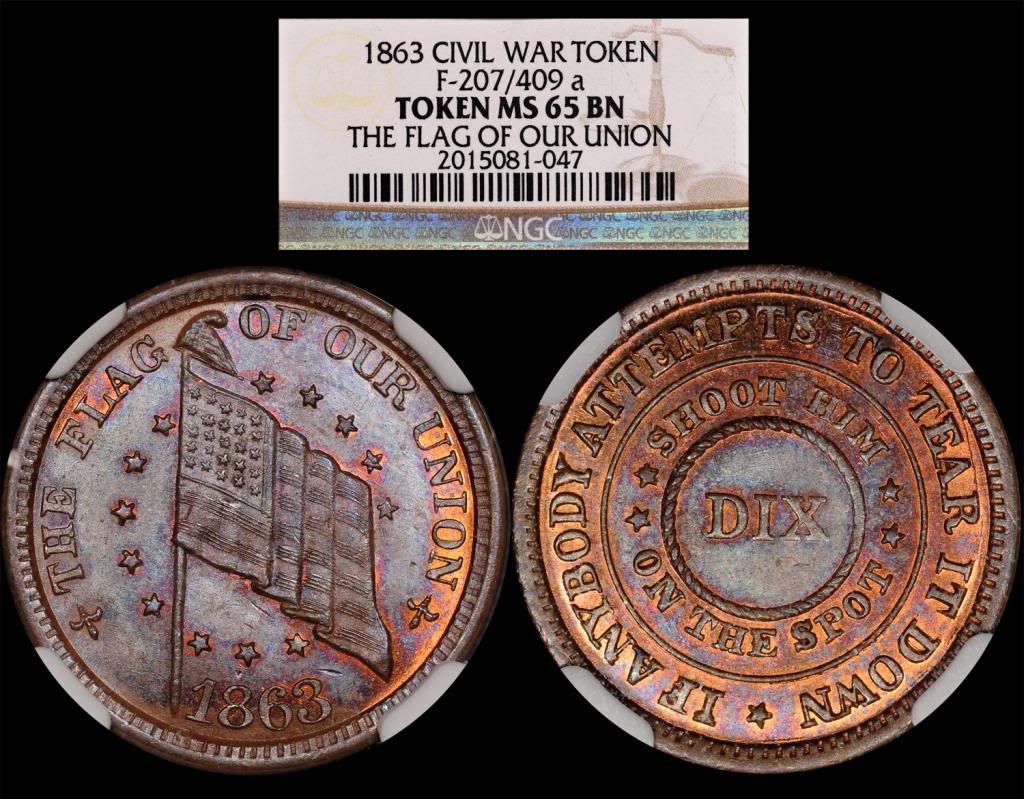
-
Bob your eye for copper and your ability to image them perfectly never fails to keep me coming back to see your latest! (thumbs u
Best, HT
-
Grasshopper..............




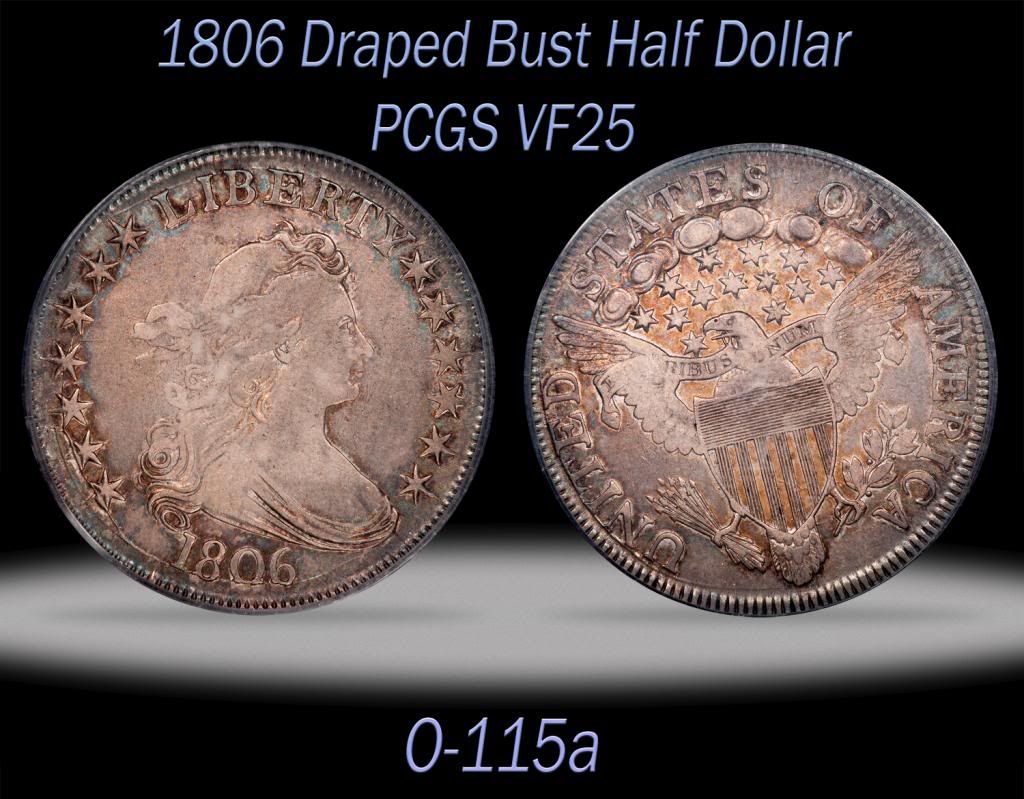
Follow the lead picture post.
in US, World, and Ancient Coins
Posted